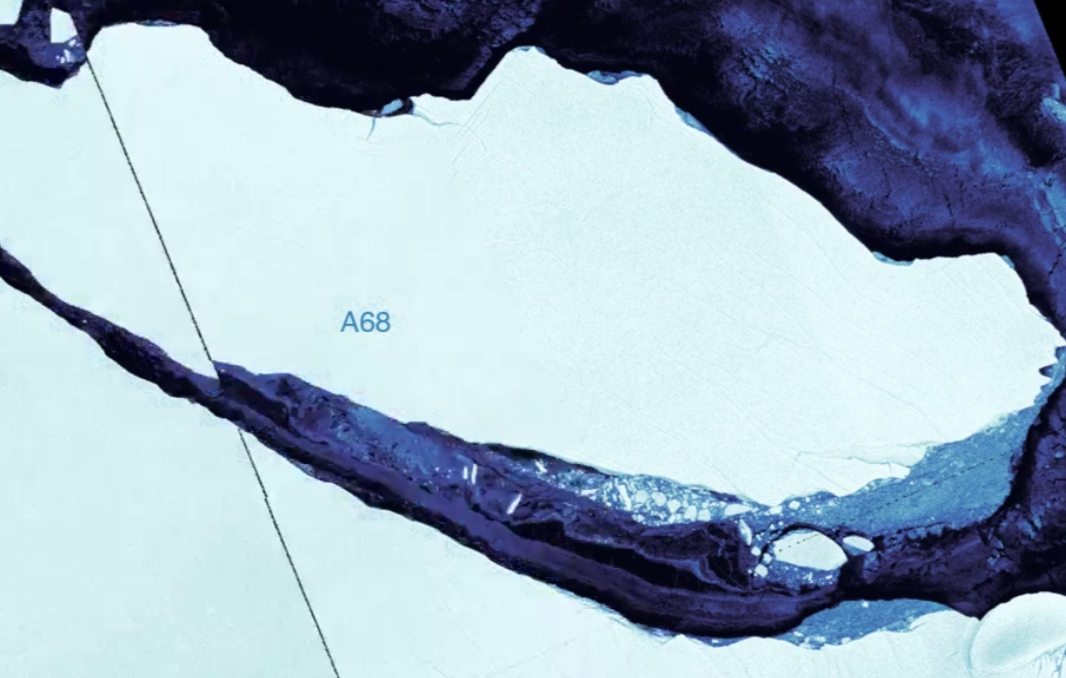Massive Antarctic iceberg is drifting out to sea, new satellite images reveal
Weighing about a trillion tonnes, the A68 iceberg is one of the largest on record

Your support helps us to tell the story
From reproductive rights to climate change to Big Tech, The Independent is on the ground when the story is developing. Whether it's investigating the financials of Elon Musk's pro-Trump PAC or producing our latest documentary, 'The A Word', which shines a light on the American women fighting for reproductive rights, we know how important it is to parse out the facts from the messaging.
At such a critical moment in US history, we need reporters on the ground. Your donation allows us to keep sending journalists to speak to both sides of the story.
The Independent is trusted by Americans across the entire political spectrum. And unlike many other quality news outlets, we choose not to lock Americans out of our reporting and analysis with paywalls. We believe quality journalism should be available to everyone, paid for by those who can afford it.
Your support makes all the difference.A massive iceberg four times the size of London has started to drift out to sea from Antarctica, new satellite images have revealed.
When the A68 berg broke off from the Larsen C ice shelf, it was unclear what would happen.
Icebergs can remain in place for decades, depending on sea currents and the topography of the seabed.
However, the vast slab of ice now appears to be on the move.
At about 5,800 sq km and a trillion tonnes, A68 is one of the largest icebergs ever known, although it is only about half the size of the record-holder, which broke off the Ross Ice Shelf in 2000.
Professor Stef Lhermitte, of Delft University in the Netherlands, posted some of the latest satellite images on Twitter, saying: “After some initial back-and-forth movement, Larsen C's iceberg A68 seems on drift now.”
And he added that the iceberg “continues to drift”, tweeting an image showing the latest position on Saturday and comparing that to a picture taken on Wednesday.
There is concern that the iceberg could break up into smaller pieces which then drift into shipping lanes.
If these were too small to track on satellite, they could pose a significant risk to vessels.
Scientists have said it does not appear that global warming played a role in the calving of the iceberg.
Dr Natalie Robinson, a marine physicist at New Zealand’s National Institute of Water and Atmospheric Research, said it was “a ‘normal’, if relatively large, calving event” and “very different from the collapse of its neighbouring ice shelves”.
However, another expert, Professor Nancy Bertler, of the Antarctic Research Centre at Victoria University of Wellington, said global warming and the hole in the ozone layer had caused the sudden break-up of “numerous ice shelves” in the region “some of which have been shown to have existed for 10,000 years or more”.
Join our commenting forum
Join thought-provoking conversations, follow other Independent readers and see their replies
Comments